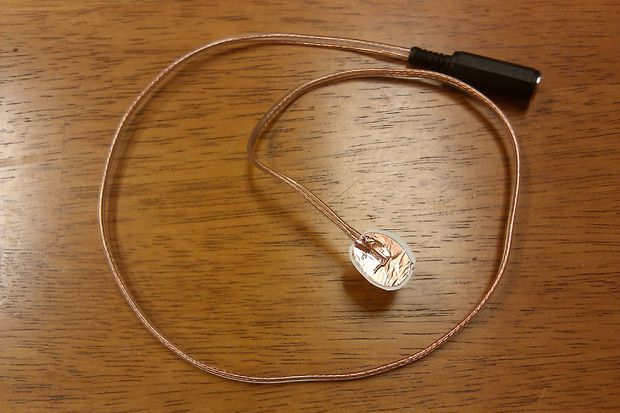No Solder Battery Interrupter
This is usually done for the purpose of allowing a person with disabilities to use that device, by using an "ability switch," which can be anything from a plastic button to a muscle twitch sensor. These switches are almost always wired to a 3.5mm (1⁄8") mono plug, and can be connected to anything with a matching jack. They are used with power wheelchairs, computers, speech devices, toys, remote controls, and so on.
A battery interrupter allows us to add a switch jack to a device that:
1) Is powered by AA, AAA, C, or D batteries. 2) Simply turns on or off with a single switch (like the infamous cymbal-crashing monkey).
A battery interrupter is simply a 3.5mm jack, with each of the two wires connected to small metal plates, which are separated by an insulator (like tape or thick paper). These plates are placed between the batteries of a device, effectively redirecting the electrical circuit through the 3.5mm jack, so that it can be opened and closed with a switch.
AbleNet sells battery interrupters for $13 (USD) each here (and the manual is here). You can also make your own battery interrupters by soldering a pair of wires (or a speaker wire) to a 3.5mm jack and to two small metal plates separated by double-sided tape or some other thin insulator. However, if you are not comfortable soldering, this guide will teach you how to make a battery interrupter with only a few dollars worth of parts (or the scraps left from making a CD Switch).
 Open Assistive
Open Assistive
